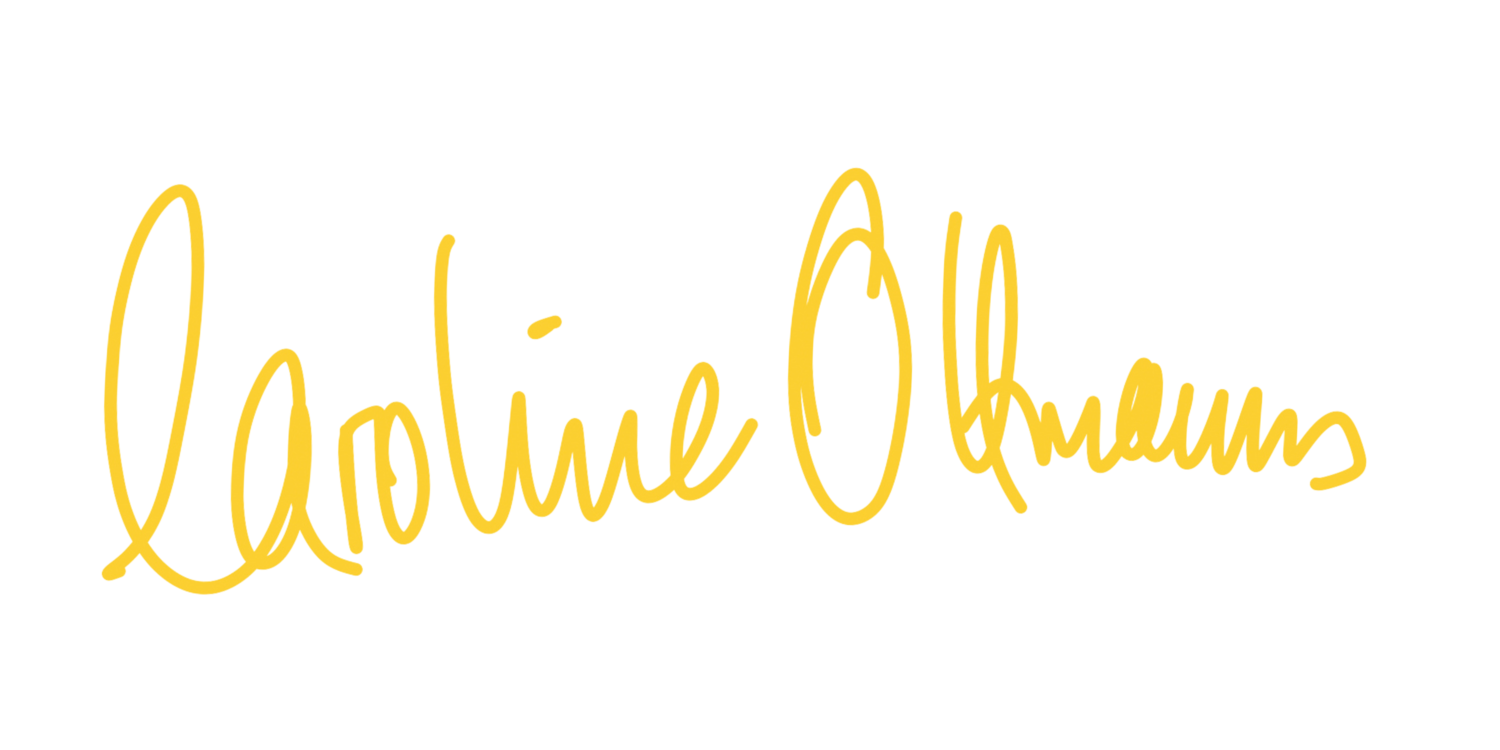Beethoven Sonatas for Piano and Violin
A violinist asked me some months ago if I would like to embark on Beethoven’s sonatas for violin and piano. I immediately agreed, and it’s been a wonderful journey of discovery.
Beethoven wrote ten sonatas for violin and piano. A formidable pianist himself, the sonatas are all focused a bit more on the piano part. He even called them sonatas for ‘piano and violin’, an unusual order of instruments that are usually listed the other way around as ‘violin and piano’.
So, how does one go about learning four full length concert programs of knuckle-busting, tightly-constructed repertoire?
There are probably different approaches to it but this is how I started:
I decided to get an overview of the ten sonatas by playing through all of them several times literally from the first to the last page (283 pages total). What a feast!
I did this for a few weeks, and then turned my focus to groups of three or four to take a more in-depth look.
The first concert starts with two early sonatas:
In order to get an idea for tempi of each movement, I went to the master’s own tempo markings.
Beethoven Tempo Markings
One of the first composers to use the metronome was Ludwig van Beethoven. He had two friends helping him.
Carl Czerny and Ignaz Moscheles measured and collected Beethoven’s tempi with the back then brand new device: the metronome.
Most of Beethoven’s compositions even got several tempo listings since the master’s timings shifted in different performances.
To get a better idea about it all, let’s take a look at the c-minor variations WoO 80 that I recently performed.
This is a chart of metronome numbers indicating how fast Beethoven actually played the variations. Isn’t it unbelievable that we can look into the past like that?
On the left is the number of the piece, it is like an ID number. For ‘my’ variations it is 80, and next to it is all the info you need.
It starts with the indication of tempo (Allegretto) given by Beethoven as was customary in Italian. So, we are looking at a moderately quick tempo.
‘Metre’ is the time signature (3/4), followed by C1, C2 and C3 for Czerny’s tempi on several different occasions. He only listed two numbers for this composition. M3 stands for Moscheles.
So if I performed the piece somewhere between 88 and 96 per beat, I would be closest to Beethoven’s own tempo.
Since the invention of the metronome, many composers have embraced the use of the device by indicating a tempo above their scores. It is a great way for composers to communicate with us about their piece to make sure we play as true to their imagination as possible.
If you would like to read more about using a metronome, take a look here.
I write the metronome numbers in my Beethoven scores as reference points. They usual fall within a relatively narrow range, and they give me a good idea of the feel of each movement.
Not everyone thinks that these numbers are useable. There is actually a lot of dispute about the validity of Beethoven’s metronome markings. Some think they are too fast or too slow, or just straight out unbelievable. There are theories that the metronome itself changed, or that Beethoven’s metronome was not working properly.
I think that Beethoven’s metronome marks have a lot to offer, and I always take a look at them to help me determine my own tempo choices.





